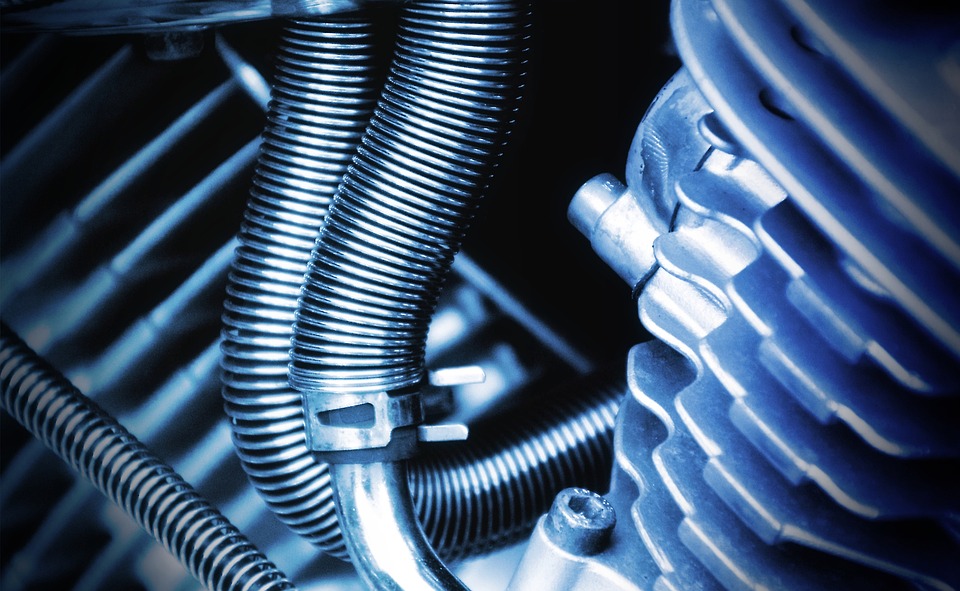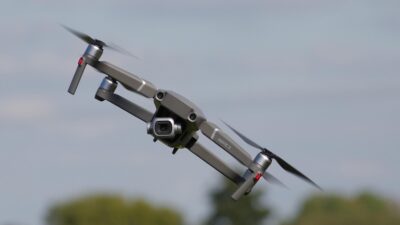In the fast-evolving world of technology, the intersection of fashion and functionality is more vibrant than ever. As 2023 unfolds, wearable tech has transcended its initial phases — moving from niche gadgets to essential lifestyle accessories that not only serve practical purposes but also enhance personal style. The seamless integration of technology into everyday clothing and accessories has created a landscape where functionality and aesthetics coexist harmoniously.
The Evolution of Wearable Technology
Wearable technology has come a long way from early fitness trackers and clunky smartwatches. Today’s devices are sleeker, smarter, and more attuned to the needs and desires of consumers. Notably, advancements in materials and design have allowed fashion brands to collaborate with tech companies, resulting in products that blend seamlessly into everyday life.
For example, smart fabrics equipped with sensors can now monitor heart rates, body temperature, and even hydration levels without sacrificing style. These innovative textiles are lightweight, breathable, and often indistinguishable from traditional fabrics, making them ideal for fashion-forward individuals.
The Fashion-Tech Fusion
In 2023, fashion houses are not just adopting wearable tech; they are pioneering its development. High-profile collaborations between fashion designers and tech companies are yielding stunning results. Brands like Ralph Lauren, Gucci, and Adidas have introduced lines that incorporate smart technology into sportswear, formal attire, and everyday outfits.
Smart Apparel
From jackets that can control temperature to dresses embedded with LED lights that change colors, the realm of smart apparel is expanding. These garments often come with companion apps, allowing users to customize their experience. For instance, a pair of smart leggings can track workouts, suggesting improvements and even connecting to streaming services for guided sessions.
Additionally, augmented reality (AR) features are gaining traction. Virtual try-ons and interactive shopping experiences are now plausible, allowing consumers to visualize how wearable tech fits into their wardrobe before making a purchase.
Accessories Reinvented
Wearable tech now extends far beyond clothing. Smart jewelry, like rings that monitor stress levels or bracelets that provide haptic feedback for notifications, is becoming commonplace. These accessories are designed to be discreet yet multifunctional, merging daily utility with personal expression.
The rise of smart eyewear is also noteworthy. Sunglasses and regular glasses equipped with augmented reality capabilities are enabling users to seamlessly access information, listen to music, and engage with their digital environment.
Health and Wellness Focus
One of the most significant trends in wearable tech is the heightened emphasis on health and wellness. The COVID-19 pandemic has accelerated the interest in personal health monitoring, creating demand for devices that track fitness, sleep patterns, and overall well-being. In 2023, wearables are becoming more sophisticated, providing users with comprehensive health insights and predictive analytics.
From smartwatch ECG monitors to sleep-tracking headbands, technology is enabling users to take a proactive approach to their health. The integration of AI in these devices allows for more personalized recommendations, empowering individuals to lead healthier lifestyles.
Sustainability in Wearables
As sustainability becomes a cornerstone of the fashion industry, wearable tech brands are also adopting eco-friendly practices. Biodegradable materials, recyclable components, and ethically sourced materials are increasingly common in the production of wearable devices. Brands are recognizing that consumers value transparency and sustainability and are responding accordingly.
The concept of "slow fashion" is also resonating within the tech sector, with brands focusing on durability and timelessness rather than fast-paced trends. This shift not only benefits the environment but also enhances the value proposition of wearable tech.
The Future of Wearable Tech
Looking ahead, the future of wearable technology seems promising. Innovations like brain-computer interfaces and advanced biometric sensors are on the horizon, potentially allowing wearables to interpret emotions or cognitive states. As the technology continues to advance, we can expect wearables to become even more integrated into our daily routines and lifestyles.
Moreover, the thermal regulation and adaptive technologies to create clothing that responds to environmental changes are set to revolutionize how we interact with our wardrobes.
Conclusion
In 2023, wearable tech exemplifies the perfect marriage of fashion and functionality. As consumers continue to seek out devices that cater to their lifestyle while making a style statement, the wearable tech industry is responding with creativity and innovation. The future promises a world where technology enhances daily experiences and fashion, transforming the way we live, work, and express ourselves. The only limit now seems to be the imagination of designers and technologists collaborating at this exciting intersection.



